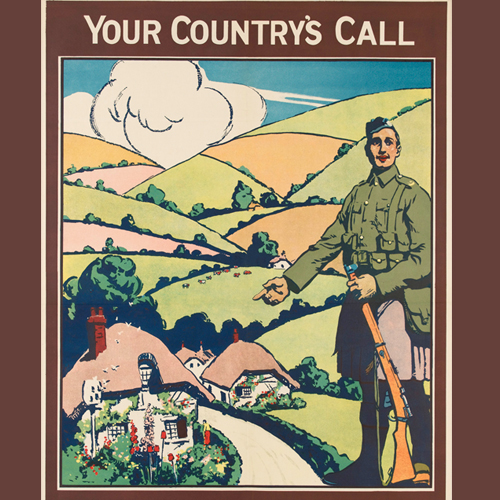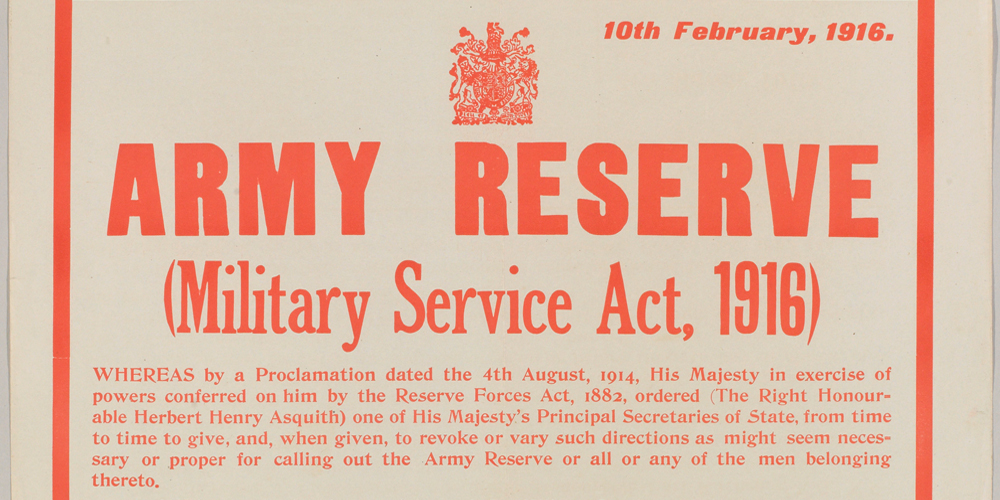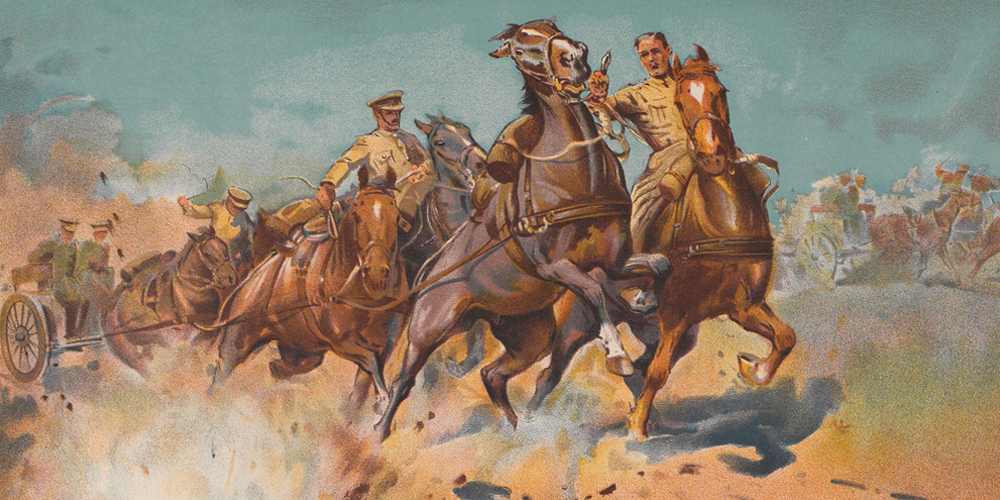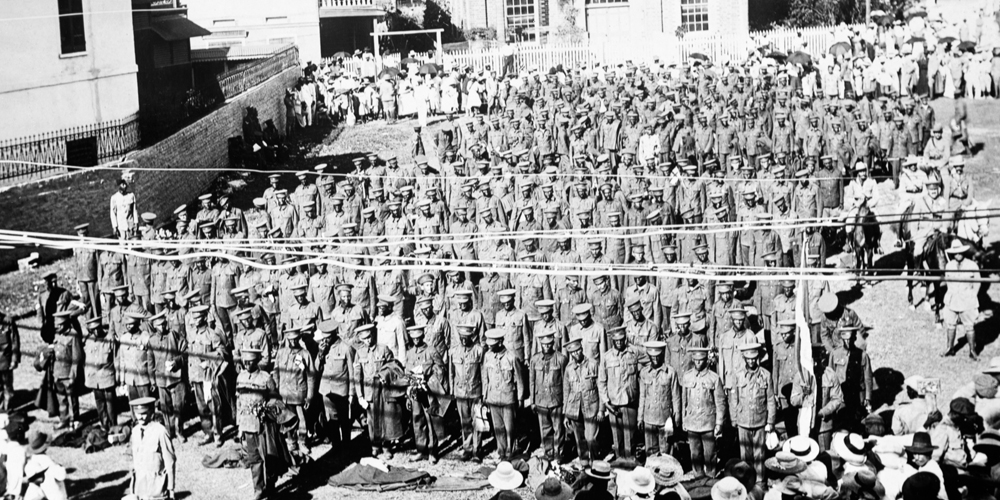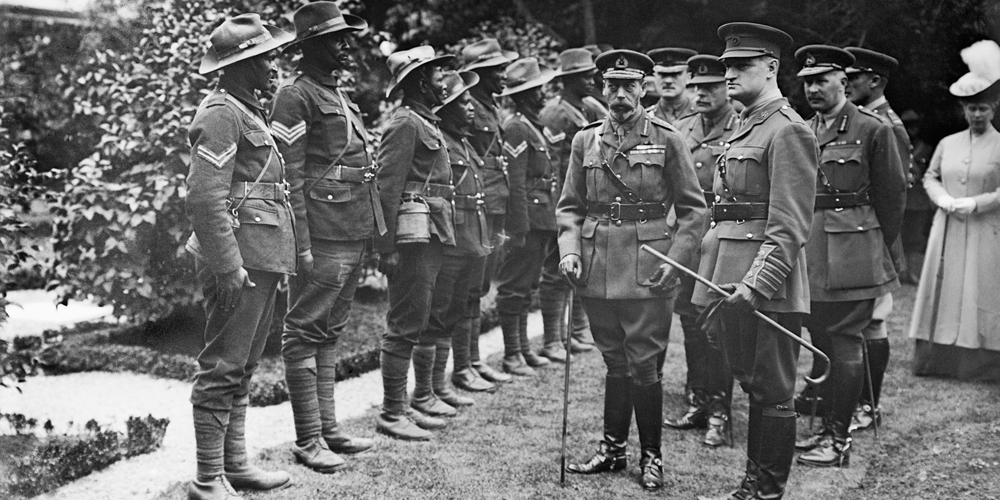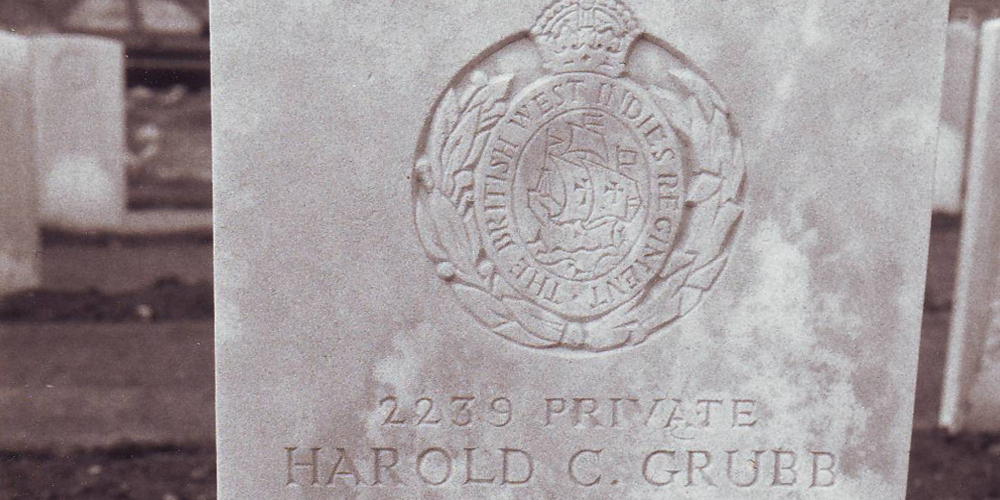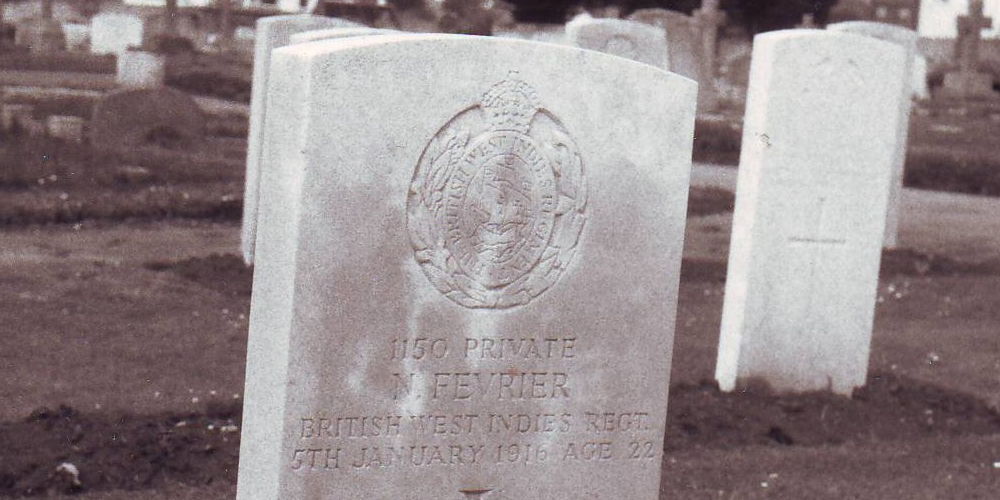
Within weeks of the war beginning, it became clear that the British Expeditionary Force (the force originally sent to France to fight) was not big enough to fight meaningfully in a war likely to last years. Domestically, the War Office mobilised its Reserve and Territorial Force, and embarked on an accelerated recruitment drive designed to build, train and deploy new armies. Where colonial forces existed already, they too were mobilised, and the recruitment drive was rolled out across the Empire, Commonwealth and Dominions.
In the second year of the war the number of volunteers dwindled, so the government reluctantly introduced conscription in Britain (but not in Ireland, nor in the rest of the Empire) in 1916 through The Military Service Act. From now on all British males were ‘deemed to have been duly enlisted’, and were called up when they came of age. When they joined, recruits signed an attestation certificate promising to serve for the duration of the war.
This poster explains the legal obligation of all ‘reservists’ (in this case any man aged 20-30) to report to a designated depot, or their local recruiting office.
The age limit of soldiers varied during the war. At the start, a volunteer had to be 18 to join up, and couldn’t serve overseas until he was 19. By the end of the war, the age limit was dropped by six months. There are many examples of men younger than 18, or older than the upper age limit of 42, successfully volunteering. Sometimes this was with the connivance of the recruiting sergeant or officer.
As Britain scrambled to enlist recruits at home, the British Raj provided its battle-ready army, made up entirely of volunteers comprising some 240,000 men. This was the largest volunteer army in the world at the time.
Unlike Kitchener’s New Army of 1916, which was made up of conscripts, Indian soldiers were all recruited as volunteers. This was in part due to the propaganda that had created expectations of a return: men were going to war, not to die away from home, but to return raised in economic independence, self-assurance and standing with government.
Training
Soldiers undertook a rigorous training routine before being sent out to the Front.
6.30 Reveille
6.45 Rouse Parade
7.00 Breakfast
8.15 Company Officer’s Parade
8.45 Manoeuvres
11.15 Swedish Drill
13.00 Dinner
14.15 Rifle Drill
15.15 Lecture by Officer
16.30 Dismiss
17.00 Tea
18.00 Free Time
22.00 Last Post
The Halifax Incident
On 6 March 1916, the Verdala left port in Jamaica carrying the third contingent of the BWIR: 25 white officers and 1,115 Jamaicans of other ranks. To avoid German submarines, the ship was ordered to detour via Halifax in Canada. Before it arrived, however, it ran into a blizzard. The ship was not adequately heated, and the men had not been issued with warm clothing. As a result, about 500 men suffered from exposure and frostbite. Of these, 5 died immediately, 106 had to remain in Halifax and have amputations, ranging from toes to both legs, and 200 others, whose feet were not so swollen, were sent to Bermuda to recover.
The British press hushed up the incident initially, but Canadian papers, which were read in the West Indies, reported on it and exaggerated reports soon spread. The incident seriously damaged recruitment in Jamaica, and afterwards, large numbers of women and children attended recruitment meetings but very few men did. As a result, women were pressed to encourage men to volunteer, and the recruiters resorted to going house to house.
BWIR Training at Seaford
Seaford is on the South East Coast of England in Sussex and it was a major training ground for the BWIR. Conditions there were terrible. The men were housed in hastily knocked up huts, which barely kept out the elements, and as a result, men more used to tropical climates quickly became ill with mumps, pneumonia and influenza. Local hospitals were full to overflowing and 19 men died of these in the winter of 1915-16 alone. There were protests in 1915 as a result, led by Henry Somerset, a Guyanese ex-policeman and engineer, but all that happened was that the leaders were sent home in disgrace. Proper training was impossible.
Seaford Cemetery
The town cemetery was opened in 1987, and there are 253 World War One Graves there. 19 of them belong to the men who had travelled from the West Indies and died while training at Seaford. It took until the 1990s for these men to be remembered and commemorated. In 1994, the first memorial service was held for them, and attended by members of the London-based West Indian Ex-Services Association. In 2006, members of the families of some of the soldiers travelled from the West Indies to visit the graves.

